Why looking like you don’t care is what people really care about

PHOTO CREDIT: @VUJADESTUDIO @ASAPNAST @FITVOMIT
Looking at the current aesthetics of fashion, it’s hard to ignore the prevalence of the anti-fashion approach that brands like Our Legacy and Balenciaga have carried over from Spring/Summer. Clothing silhouettes that aren’t traditionally seen as fashionable are now getting refreshed in ways that make them fit seamlessly into people’s wardrobes and allow them to show a stronger sense of personal style. More attention is on the wearer and their personal background rather than the label of the item they are wearing because more often than not, the anti-fashion approach lends itself to minimal branding.

PHOTO CREDIT: @ASAPROCKY @EVANMOCK
But what even is anti-fashion? Firstly, it’s an oxymoron and just like all avenues of fashion, it is simply a subgenre of style. However, the main premise is to stand out whilst simultaneously fitting in, having the sense of freedom to mix and match different subcultures of dress and in turn, finding beauty in difference and imperfection. Anti-fashion has come in many forms throughout the years, from 70s hippie to 90s grunge to 2010s normcore and in all of these different style practices, the underlying idea has been to reject traditional ideas of ‘what looks good’ and ‘what pairs well with what’, an attempt at fashion nihilism.
Yet now, with our disorientated view on styling through all past events, especially COVID, the line between fashionable and unfashionable is as blurry as ever. Take Balenciaga for example, which has an endless array of controversial items that have challenged and subverted the fashion industry’s beauty standards from the Trash Bag Pouch to HardCrocs Sandal. Through his sourcing of inspiration that’s conventionally unfamiliar with being fashionable, Demna elevates unorthodox concepts to make them fashion forward enough that they become a micro trend in the mainstream.

PHOTO CREDIT: @JORDANCLARKSONS @LUKASABBAT DUTCH…/BACKGRID
With anti-fashion, silhouette is crucial to standing out amongst the plethora of options that are in circulation. Toying with body proportions has become a styling trend in itself, most notably the ‘pear shape’ silhouette that people are drawn to with the new possibilities that baggy bottoms have provided, paired alongside a tighter and more cropped top. Skater, model and, now, actor Evan Mock is a definite fan of this look. Whether he’s picking out a fit to kickflip around New York or getting dressed for the red carpet, he likes to flaunt his slim build by wearing a cropped top and high-waisted, wide bottoms to elongate his legs and accentuate his waistline.
But at the end of the day, anti-fashion is all about not caring about traditional style conformities and more than anything, with the free reign you have of mixing different styles, it serves a functional aspect to getting dressed. There are no rules. The beauty of investing in brands like Our Legacy or Lemaire is that they provide the foundation for wardrobes with an added flare – it’s made to be worn together and pair well with little to no thought. In a post-pandemic world, flex culture has shuffled away to make space for a more humble aesthetic due to the uncertain financial situation worldwide that continues to fluctuate. Flexing in the current state of the world can feel tone deaf and as such, fashion is looking back to the 90s when looking like you didn’t care about the clothes on your back was the mode.
As Daisuke Obana of N.Hollywood said to Vogue in 2021, “A long time ago ‘enjoying fashion’ was a part of life, but nowadays if you want to enjoy life, maybe you want to spend your money and time on something else.”

PHOTO CREDIT: @CELINE GETTY IMAGES









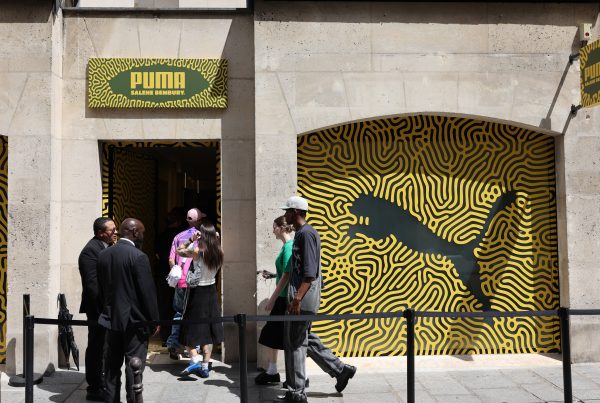
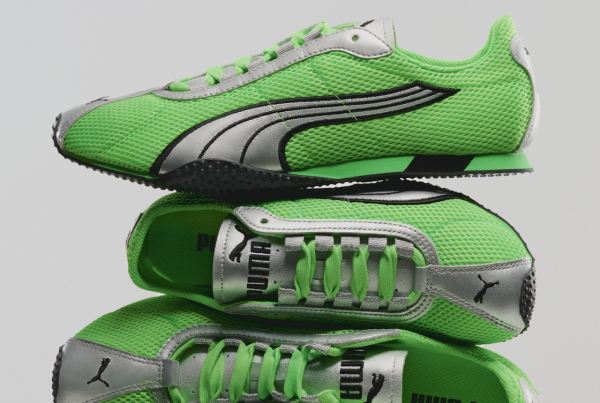















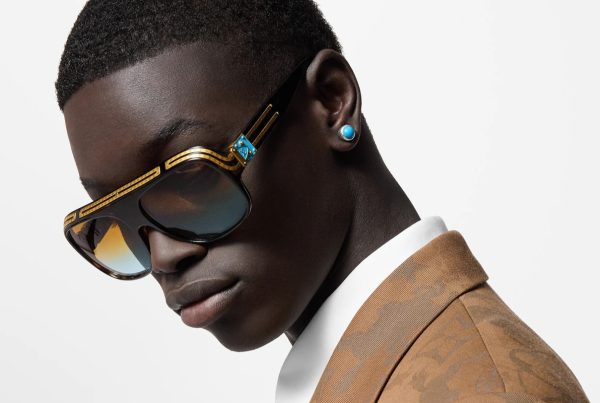
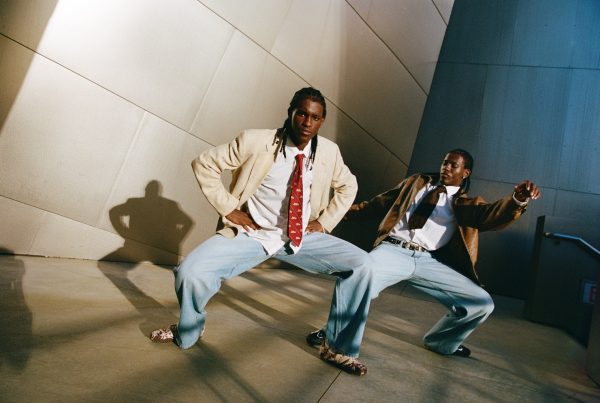




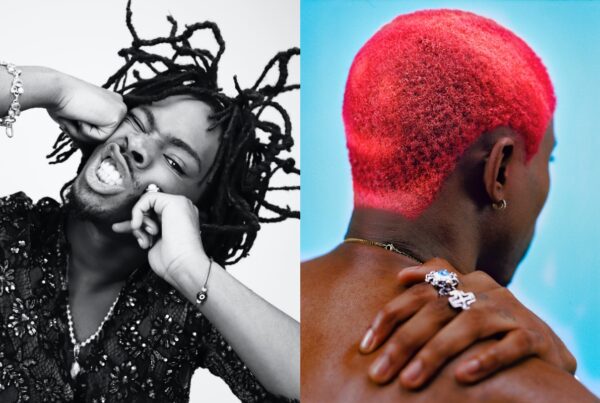




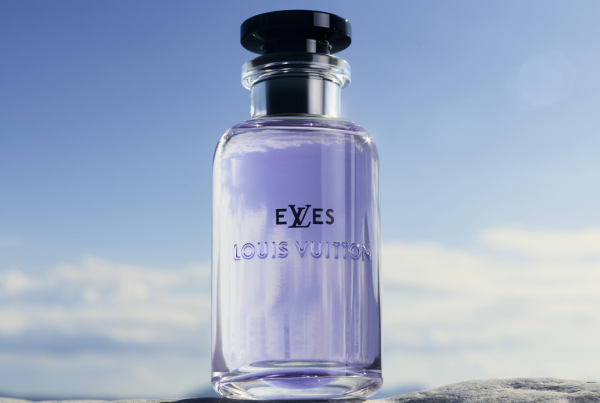










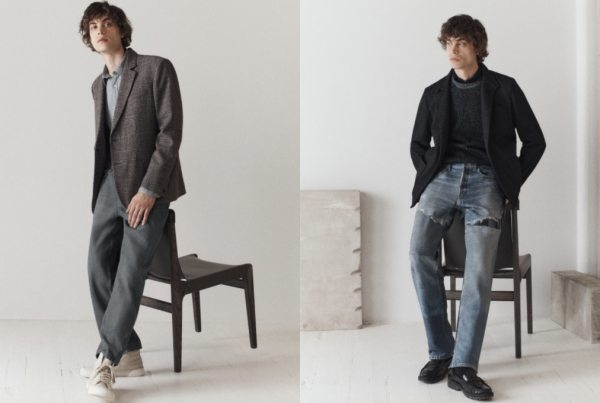




Interesting and well written article but no byline. Well done whoever wrote it.